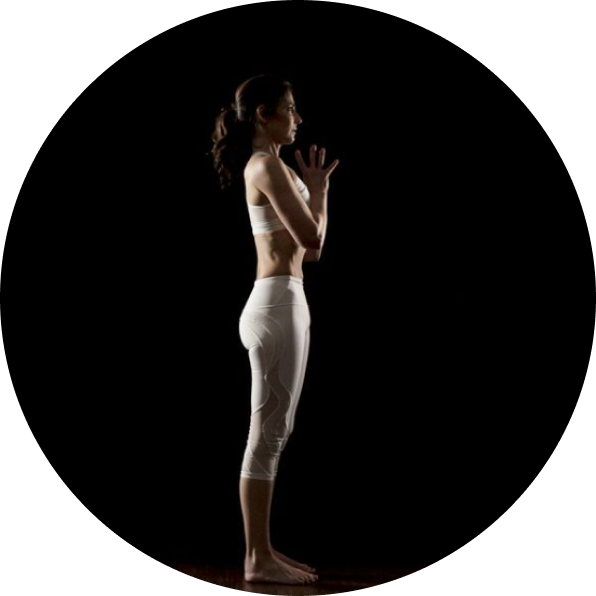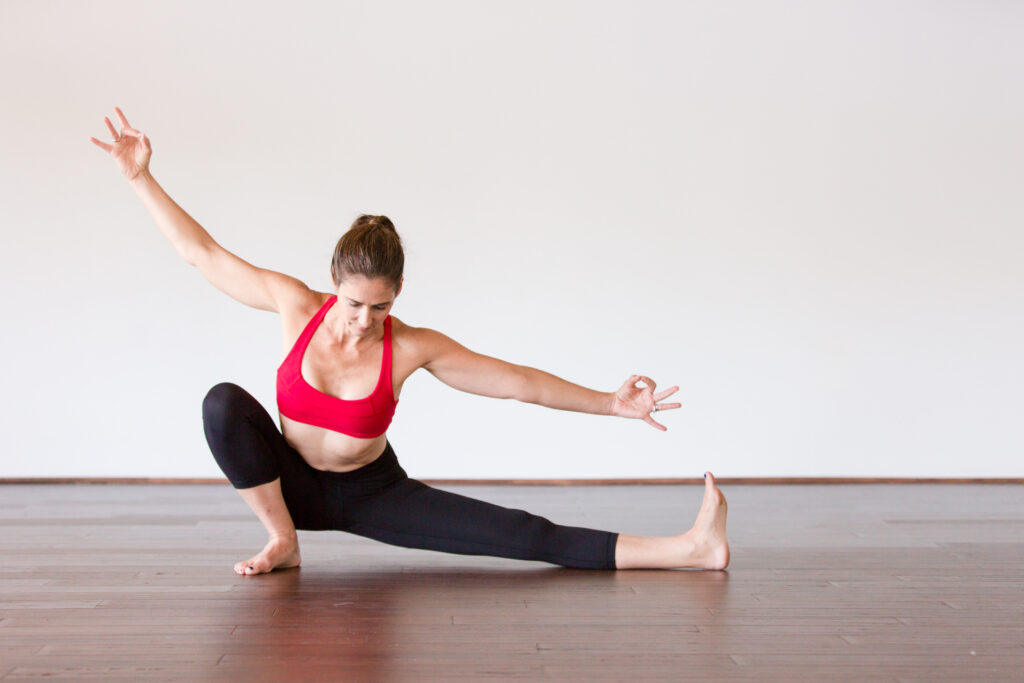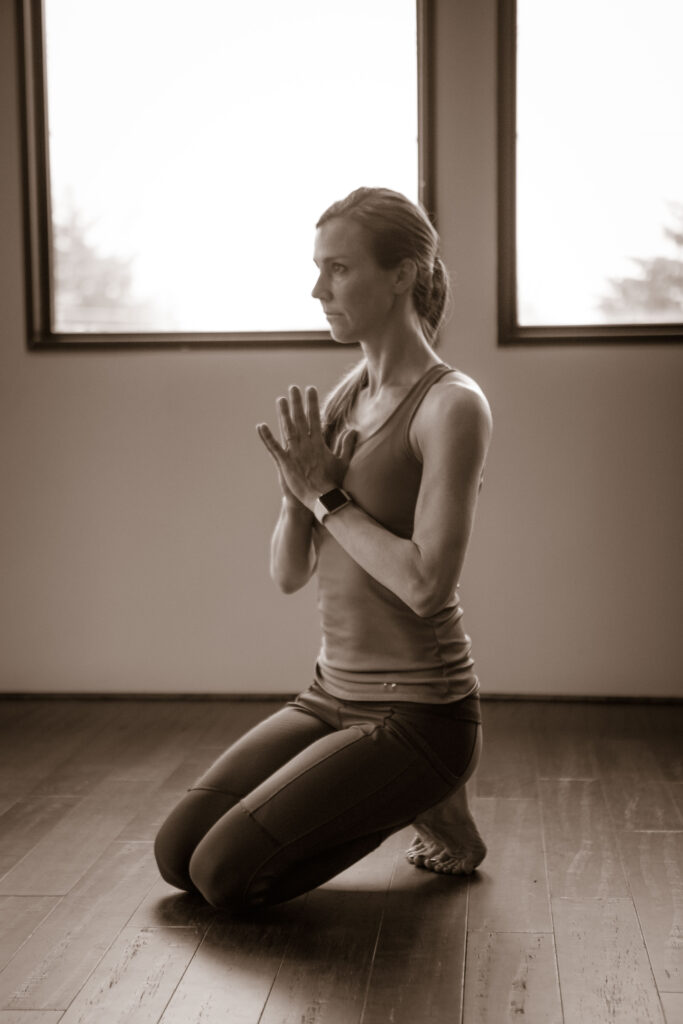It’s that time of year where we may find ourselves kneeling down more than usual…wrapping gifts, playing on the ground with children or grandchildren, and picking up after the aforementioned children or grandchildren! Over time, many people find weight-bearing through the knees to become less and less comfortable and it’s usually due to degenerative changes in the knees. This can include arthritis of where the femur articulates with the tibia or patella.
The term “arthritis” refers to inflammation (-itis) of a joint (arthr-). Osteoarthritis is the most common form of arthritis in the knees. It is a degenerative, wear-and-tear type of arthritis that occurs most often in people ages 50 and older. There is a gradual wearing away of the protective covering of the bones of the knee, which results in a decrease in the joint space. As the cartilage wears away, it becomes frayed and rough. Over time, this can result in bone rubbing on bone and the development of painful bone spurs. The knee may become stiff and swollen, which may be worse in the morning or after prolonged sitting. Loose fragments of cartilage can interfere with knee range of motion and cause locking or a grinding noise called crepitus. But all of this usually doesn’t occur until the later stages of OA, so a lot can be done to manage symptoms and halt the progression of this degenerative diagnosis.
With any type of wear-and-tear issue, the most important thing to evaluate is the body in motion. In the simplest of terms, humans are just very advanced machines. In the same way that your tires will wear unevenly if you don’t rotate them, your body will wear down if you don’t give it regular tune-ups and move in multiple planes of motion! So typically if someone has developed OA in the knees, it’s traditionally due to both poor body mechanics and overuse of some sort. It is important to note that the knees are pretty simple joints in that all they really want to do is bend and straighten. If that’s all we ask them to do and if the weight is evenly distributed, they tend to stay pretty healthy. It’s when medial, lateral and twisting moments occur at the joint that we see injury. It’s with overuse that we see wear-and-tear. But the fact of the matter is that we need weight-bearing exercise to maintain the health of our articular cartilage. Studies have shown that 10% of sedentary people have knee OA as compared to only 3% of recreational runners. In elite/professional runners, the percentage increases to 13% due to the overuse.
By improving the way in which we move, we decrease the wear and tear through our joints. Keeping the kneecaps tracking over the feet, sitting back into the hips with heels-down squatting to keep the knees behind the toes, and maintaining strength in the core and hips all help minimize the amount of weight through the articular cartilage of the knees. Maintaining full joint range of motion allows weight to be transferred across a larger surface area and minimizes the amount of force through in any area in particular. Add exercise in additional planes of motion, such as LYT Yoga®, which increases strength of the hips and core, increases muscle and joint flexibility, and focuses on proper joint mechanics, and I’d argue your chances diminish even further. But sometimes no matter what we do, we are unable to bear weight through the knees due to pain. This doesn’t need to affect your yoga practice! I’ve created a 4-class beginner series on LYT Daily called “No Weight Thru the Knees”, so you can stay on your mat or help encourage someone you know to get LYT with you, knee pain and all! Click the link below to our YouTube channel for a short video on ways to modify your practice without bearing weight through the knees, so you can keep moving all season long! Until then, I’ll see you on the mat!
Xoxo,
Kristin





